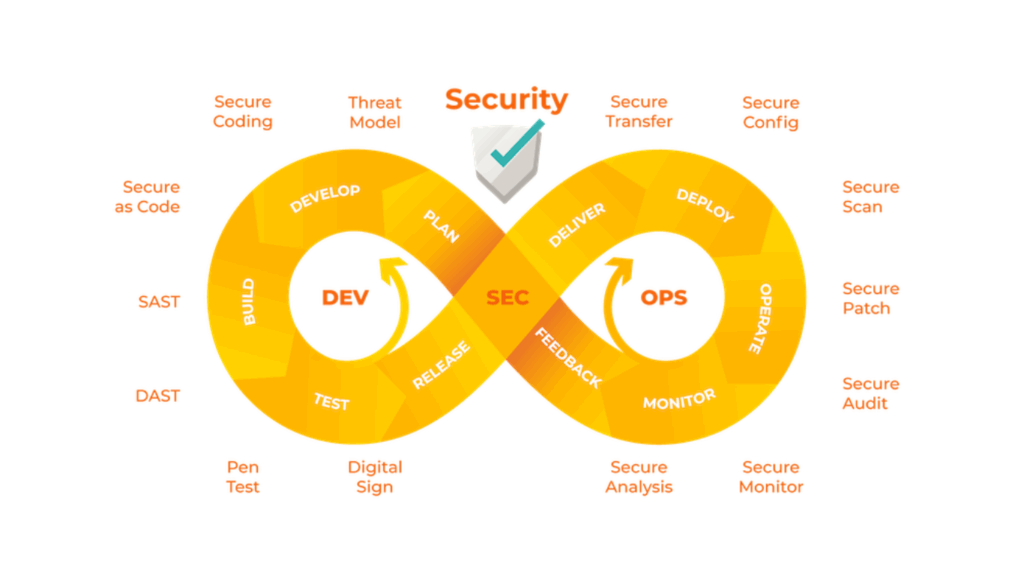Risks associated with cyber security represent a serious danger to a company’s capacity to operate and maintain profitability. Organisations use a variety of cyber security measures to identify, detect, and stop various threats in order to safeguard the business.
A cyber security risk analysis can evaluate how well an organisation’s cyber defences are working and give the security team information about cyber risks and vulnerabilities. You can check our online cyber security course to learn more about Risk assessment.
Steps in cyber security risk assessment
The National Institute of Standards and Technology (NIST) disseminates a range of materials, including top recommendations for cyber security. A six-step procedure for conducting a cyber security risk assessment is one of them. The NIST procedure consists of the following six steps:
1.Identify and Document Network Asset Vulnerabilities
Finding and documenting the vulnerabilities related to an organisation’s IT assets is the first stage in a cyber security risk assessment process. Inventorying these assets and conducting an assessment to identify any potential hazards and vulnerabilities could be part of this.
2.Recognize and Use Cyber Threat Intelligence Sources
Information from internal or external sources that can help to identify cyber security concerns is known as cyber threat intelligence. Access to cyber threat intelligence feeds is provided by a wide variety of institutions, including CISA, US-CERT, and cyber security firms. Additionally, depending on previous cyberattacks on the firm and its current security architecture, an organisation might gather internal threat intelligence.
3.Identify and Document Internal and External Threats
An organisation can look for both internal and external risks if it has a complete awareness of its IT assets and knows the main possible threats. For instance, this could entail inspecting configuration files for unauthorised changes and searching for anomalous behaviour in log files while scanning systems for indications of compromise (IoCs).
4.Determine any potential mission effects
The potential effects of various concerns on the firm can vary. A ransomware infection against a company database, for instance, has a bigger impact than one against a single user’s computer. Quantifying the risk that a cyber attack poses requires understanding how it will affect the enterprise.
5.Use Threats, Vulnerabilities, Likelihoods, and Impacts to Determine Risk
An organisation has a thorough grasp of the numerous risks and vulnerabilities it confronts, as well as the possible effects of each, at this stage of the assessment. Using cyber threat intelligence, it may also assess how likely each type of attack is to occur. It is possible to evaluate risk using this information by combining the likelihood and impact of each danger.
6.List and order risk responses.
An organisation can create a prioritised list of these problems after calculating the risk associated with each threat and vulnerability. To ensure that significant hazards are addressed as soon as feasible and to maximise the return on investment (ROI) of remediation operations, this information can be utilised to guide remediation actions.
The Outcome of a Cyber Security Risk Assessment
The tester will look for vulnerabilities as part of the assessment using the same resources and methods as a genuine cyber threat actor. The tester should create a prioritised list of the vulnerabilities they have found in the environment being tested after the assessment. Additionally, suggestions for how to fix the discovered vulnerabilities may be included.
An action plan for the tested organisation to fix environmental vulnerabilities is the main output of a cyber security risk assessment. The organisation’s defences against actual attacks can then be strengthened as a result of the remediation actions the corporate security team might take.
How a Cyber Security Risk Assessment Benefits Organizations
A cyber security risk assessment evaluates a company’s safeguards against online attacks. The organisation can gain from this assessment in a number of ways, including:
- Vulnerability Remediation: A list of priority vulnerabilities that the organisation can address to strengthen its cyber defences is produced by the cyber risk assessment.
- Security Evaluation: A company can learn which of its defences are effective and which need to be improved through a cyber risk assessment.
- Cybersecurity ROI: By reducing the organisation’s risk of cyberattacks, a cyber security risk assessment can help to show the benefits of investing in cyber security.
- Regulatory Compliance:To make sure that a company is adequately protecting sensitive data, some requirements call for periodic security evaluations. Even if it is not necessary, conducting an evaluation might help you get ready for a compliance audit.
- Insurance Protection: Cybersecurity risk has increased, increasing the cost and difficulty of obtaining insurance. An organisation may increase its chances of getting a policy or lower the cost of an existing one with the aid of a successful cyber risk assessment.
Conclusion
A useful tool for enhancing an organisation’s posture is cyber security risk assessment. The corporation can establish the corrective actions required to defend itself from attack by identifying and quantifying the cyber security threats facing the organisation. Check out the cyber security training courses online to learn more.




























